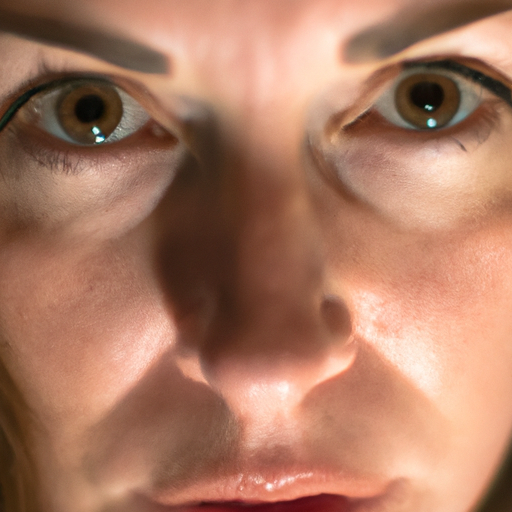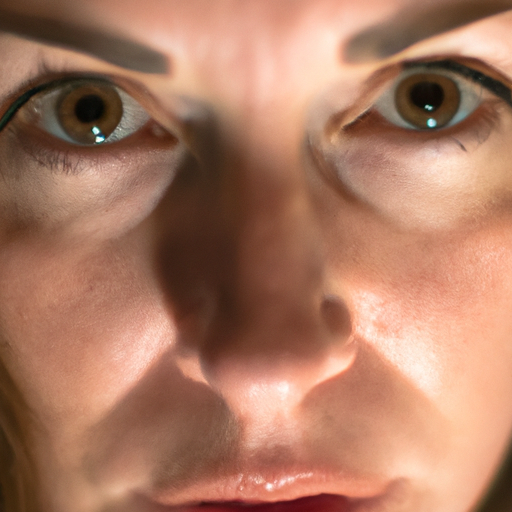Title: Unmasking Acne: A Comprehensive Guide to Diagnosis and Treatment
Acne is a common skin condition that affects millions of people worldwide. It’s not just a teenage problem; adults can also suffer from acne. Understanding the causes, diagnosis, and treatment options for acne is crucial to managing this skin condition effectively. This article aims to unmask acne, providing a comprehensive guide to its diagnosis and treatment.
Acne occurs when the skin’s oil glands produce excess sebum, leading to clogged pores. This excess oil can trap dead skin cells and bacteria, resulting in inflammation and the formation of pimples. Factors such as hormones, diet, stress, and certain medications can exacerbate acne.
Diagnosing acne is typically straightforward. Dermatologists usually identify acne by its appearance on the skin. They may categorize it as mild, moderate, or severe based on the number and type of blemishes present. Mild acne is characterized by blackheads and whiteheads, while moderate acne includes papules and pustules. Severe acne involves nodules and cysts, which are more painful and can lead to scarring.
Once diagnosed, the treatment of acne focuses on reducing sebum production, speeding up skin cell turnover, fighting bacterial infection, and reducing inflammation. Over-the-counter (OTC) treatments are often the first line of defense. These products contain ingredients like salicylic acid, benzoyl peroxide, and sulfur, which can help unclog pores and reduce bacteria.
For moderate to severe acne, prescription medications may be necessary. Topical retinoids, antibiotics, and azelaic acid are commonly prescribed. In some cases, oral medications like isotretinoin or hormonal therapies may be recommended.
In addition to medical treatments, lifestyle changes can also help manage acne. Maintaining a healthy diet, regular exercise, adequate sleep, and good skincare hygiene are all essential in controlling acne. It’s also crucial to avoid picking or squeezing pimples, as this can lead to scarring and further inflammation.
For those with persistent acne scars, dermatological procedures like laser therapy, chemical peels, or microdermabrasion can help improve the skin’s appearance. These treatments work by removing the top layer of skin to promote new skin growth.
In conclusion, acne is a common but manageable skin condition. With a proper understanding of its causes, diagnosis, and treatment options, individuals can effectively control their acne and improve their skin health. Remember, it’s always best to consult with a dermatologist or skincare professional for personalized advice and treatment.
Keywords: Acne, Diagnosis, Treatment, Skin Condition, Sebum, Pimples, Inflammation, Dermatologists, Over-the-counter Treatments, Prescription Medications, Lifestyle Changes, Dermatological Procedures.




